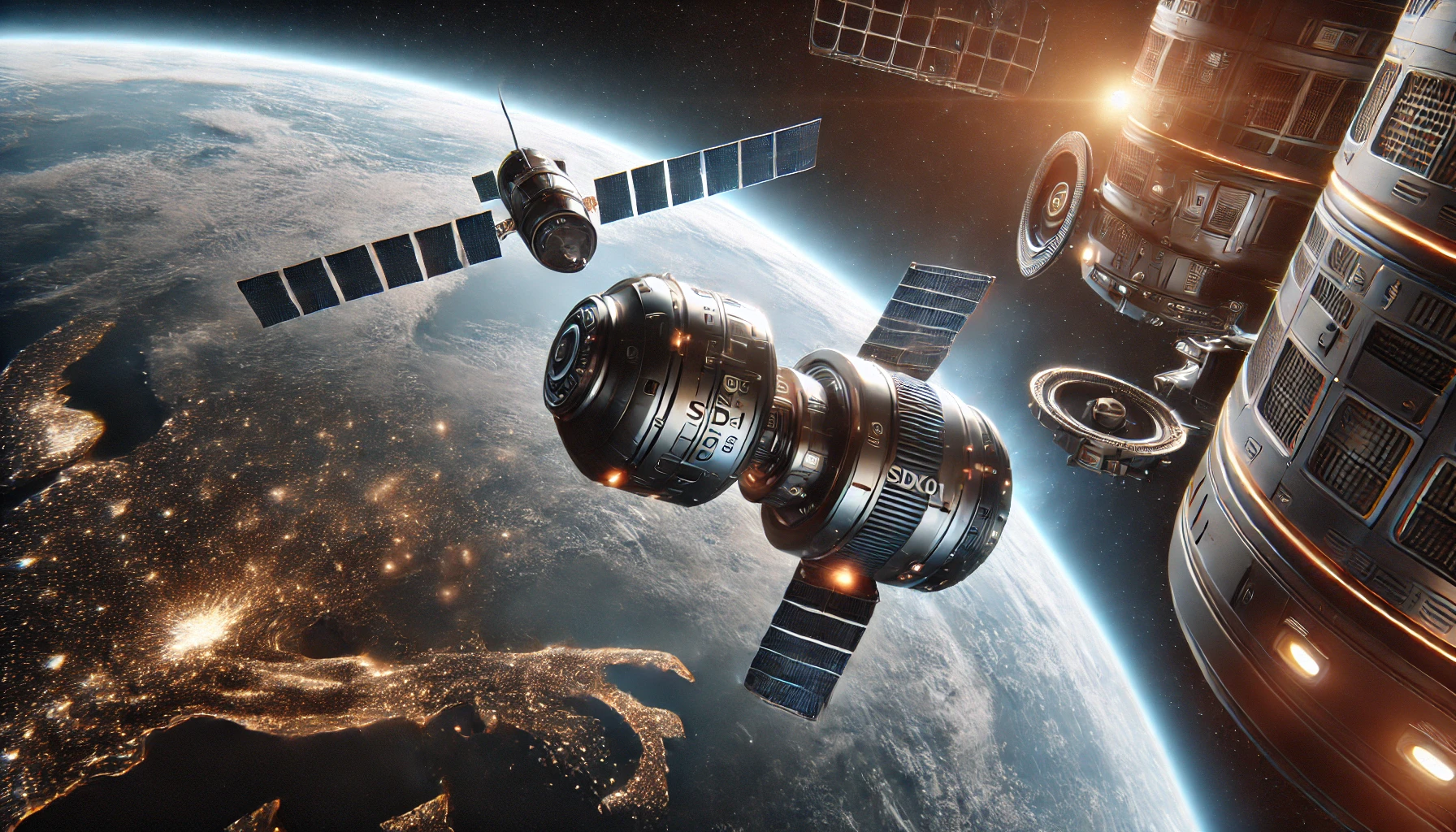What is the SpaDeX Mission?
Space Docking Experiment Mission (SpaDeX) represents an ambitious venture which Indian Space Research Organisation (ISRO) is currently pursuing. The main purpose of this mission demonstrates how spacecraft can dock successfully when placed in space. Through its operations the system employs the contact process for establishing and disconnecting small spacecraft relations.
SpaDeX Mission Full Form
Space Docking Experiment represents the complete form of SpaDeX. India’s space exploration and human spaceflight programs depend on the success of this mission as a fundamental achievement toward their future development.
SpaDeX Mission Launch Date and Time
Launch Date: December 30, 2024
Launch Time: 10:00 PM IST (16:30 UTC)
The Polar Satellite Launch Vehicle known as PSLV-C60 served as the carrier for the mission launch.
SpaDeX Mission ISRO Space Docking
The SpaDeX Mission has the prime mission to advance and test space docking systems. Through this technology spacecraft can establish connections and break free of each other in the space environment. The key objectives include:
- Demonstrating Rendezvous, Docking, and Undocking
- Testing Electric Power Transfer between Docked Spacecraft
- Assessing Composite Spacecraft Control
This technology is essential for ISRO’s future space station and deep-space missions.
Is the SpaDeX Mission Successful or Not?
All assessment to date indicates that the SpaDeX Mission has achieved its goals successfully. The docking event between SDX01 (Chaser) and SDX02 (Target) spacecraft occurred successfully on January 16th 2025. The mission is facing several technical challenges with undocking procedures that expert teams are presently resolving.
Key Highlights of the SpaDeX Mission
1. Self-Reliance
- ISRO has reached space docking technology status thus making India the fourth nation behind China Russia and the USA.
2. Enabler for Future Missions
- The technology functions as a primary component for India’s lunar exploration programs and its mission involving sample collection together with the development of the Bharatiya Antariksh Station.
3. Cost-Efficiency
- Less rocket launches are possible through space docking technology because it allows multiple spacecraft to achieve common missions which reduces costs of space operations.
4. Advanced Navigation Technology
- GNSS provides positioning and navigation through GPS from the USA and Galileo from the EU during this mission.
- The system incorporates docking capabilities with sensor instruments together with autonomous rendezvous technology.
ISRO makes significant progress toward mastering space docking and future space station missions through SpaDeX Mission. The upcoming mission will greatly strengthen India’s space technology operations.
